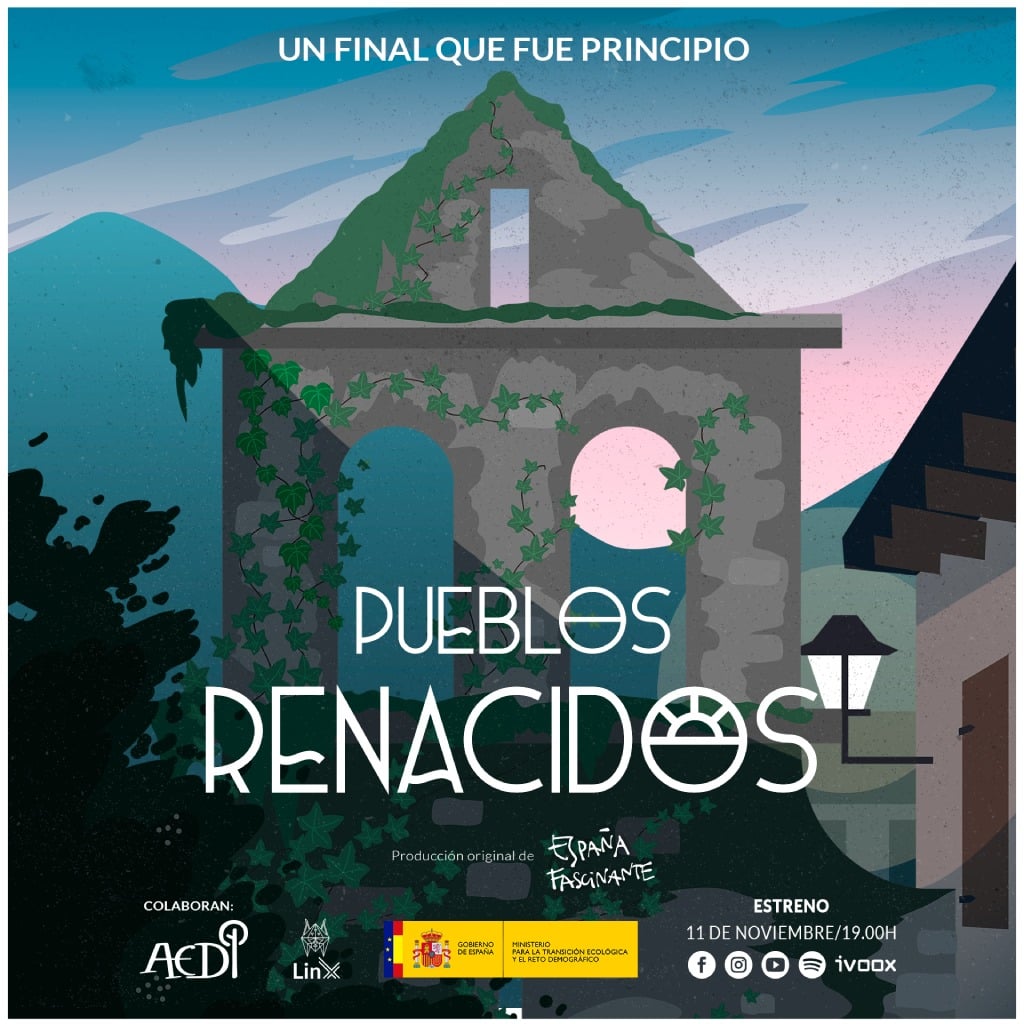
Forced to disappear from the map, they were condemned to a cold death that time accelerated. Villages that were left at the mercy of memory, but only of those that one day formed part of their history. The others did not notice them. If they ever paid attention, it was usually only by contemplating the inert beauty, the calm, of their ruin. Never what it means.
Despite the tragic outcome, hope remained intact in many of those inhabitants who were forced to leave. Even if the stage of their lives was taken away from them, they did not let their identity be lost. Their villages had a right to life. Today, while the big cities are getting bigger and bigger and looking to grab more spotlights, in tiny villages battles are going on unnoticed. Their only objective: to come bak.
The terrible disappearance of towns in Spain is not something new, but rather a continuum in history. The first depopulation occurred in Roman times, especially in the Low Empire, although in this case the decline was for the cities and not so much for the rural environment. This tendency was accentuated on the plateau during the Middle Ages with the wars between Christians and Muslims. Later the same thing would happen in the eastern area as a result of threats from Saracen and Berber pirates.
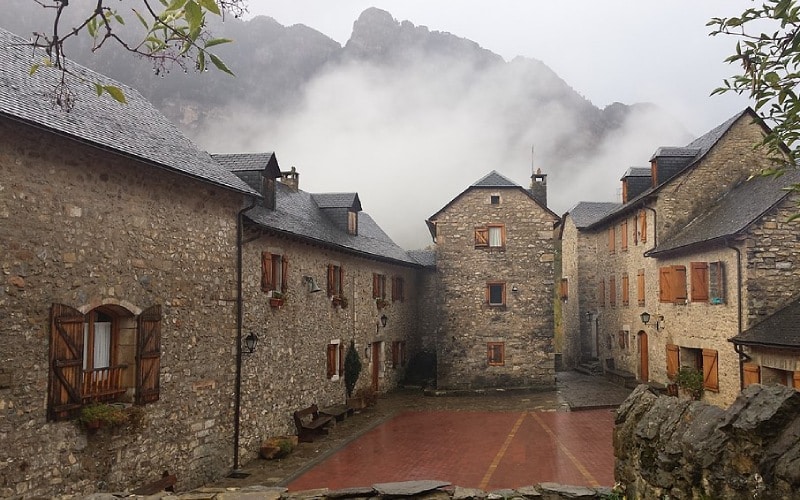
The village of Bubal, province of Huesca. | Wikimedia
Today, Spain still has more and more desert areas throughout its geography. Some pick up the legacy of earlier times, but hundreds of villages that disappeared more recently did so in a different way. It was from the second half of the 20th century, especially in the 1960s, that a massive exodus from the countryside to the city took place.
Some of these displacements were due to major circumstances. The most common example is that of the town swept away by the water of the marshes in the middle and end of the last century. The hydraulic plan promoted by the Franco dictatorship inaugurated a large number of reservoirs which, at the same time, led to the disappearance of urban centres. A reality that was maintained even with the arrival of democracy. Many ended up submerged, others managed to save themselves in the first place. But it was of no use to those already evicted or who saw the valleys that fed their livestock destroyed. The old local life was lost.
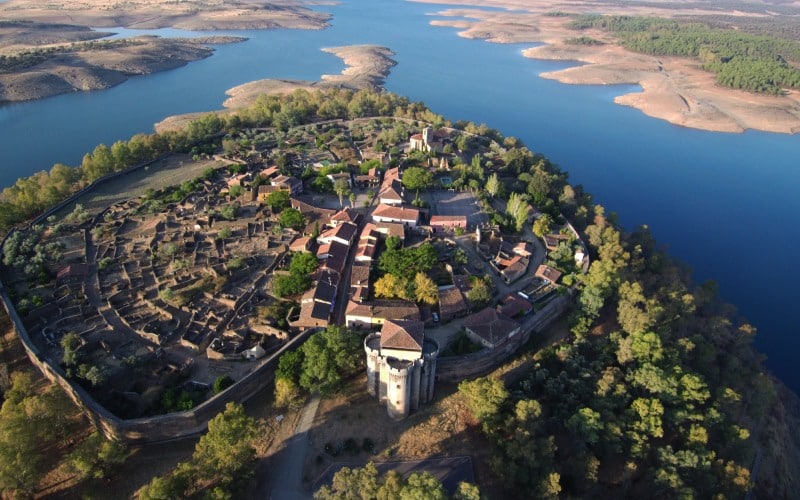
Old walled village of Granadilla, north of Cáceres. | Shutterstock
The migration to the city was also due to the socio-economic conditions of the time. The great demographic growth and the mechanization of the countryside produced numerous surpluses of labor. A situation that took villages all over Spain with it. The cities were the ones that were nourished, thanks to industrialization and the better living conditions they used to offer.
Regardless of the causes, the common destiny was the decline of the countryside. Villages turned into a distant memory of what they once were. However, it would not always be the definitive end. There was still much to do and to fight for. The story could not end that way, they deserved a new opportunity.
Once villages are dead, mere depopulation is not the only problem. Another major concern is to prevent the deterioration of their heritage and the historical-cultural value it holds. It is not in vain that this is something that defines and gives entity to the place even though it has disappeared. That is why nostalgia has moved entire populations to recover what was theirs. Such is the case of the Aragonese village of Jánovas. “We represent the struggle of our ancestors, grandparents and parents (…) For us it is a commitment, out of respect for all those who lost their homes but who never gave up and continued to fight,” explains the head of the Jánovas no Rebla Association, Óscar Espinosa. “In the end they are our roots. It is a matter of not losing them”, he says.
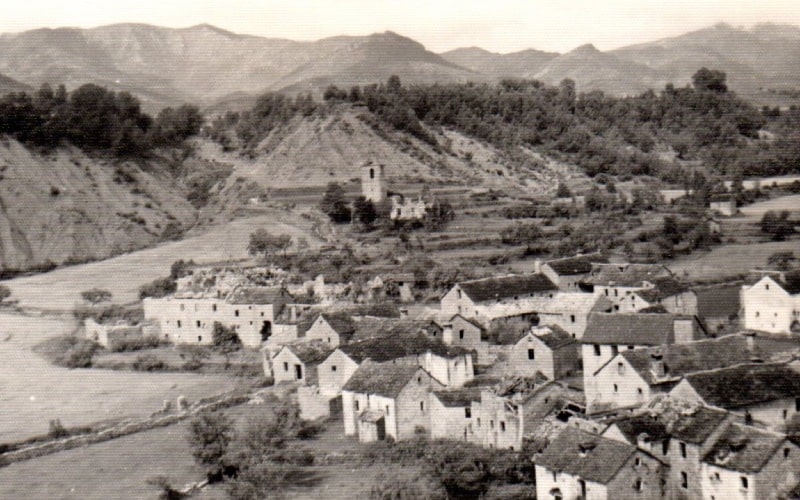
Old photographs by Jánovas.| Web Jánovas no rebla
Other places are making a more particular comeback. They are not promoted by neighbourhood associations, but by other private initiatives. The village is gradually returning to activity as repopulators arrive, attracted by the rural environment. The basis is a sustainable ethic and adaptation to the new times. They are looking for a direct experience with nature, to start from scratch and where everything is to be built.
Even more unique are other projects for the recovery of the territory, such as an interesting ministerial-educational action. The Programa de Recuperación y Utilización Educativa de Pueblos Abandonados (PRUEBA) is responsible for a series of heritage rescues that have been in progress for decades. Coordinated until 2020 by the Ministry of Ecological Transition and the Demographic Challenge and the Ministry of Education, it focuses on three abandoned villages to which it is gradually restoring their old appearance. But it goes beyond simple rehabilitation. It also promotes environmental education among young people through contact with the environment. In this way they can appreciate the important role played by the rural environment in the development of people, societies and natural ecosystems.
Most of the Spanish depopulated are still hostages of oblivion and have no way out. However, there is no shortage of those who have been lucky enough to be embraced by projects like those described above and have seen the light of day again after so long. This is precisely what the seven protagonists in the series of Revenant Villages show. They represent the hope of many localities that today fear an early disappearance or have already had the bad luck to experience it.
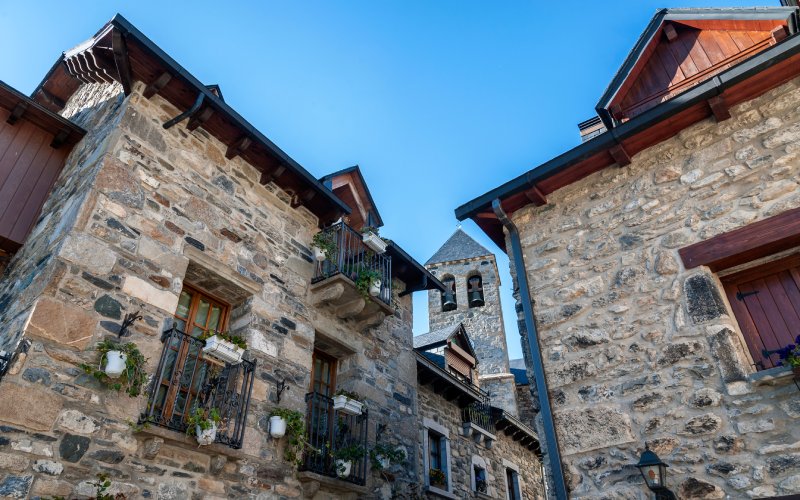
The reconstructed village of Tronceda. | Shutterstock
No one said it would be easy, but some did. In their own way, Granadilla, Umbralejo and Bubal were among the first to come back to life. A resounding victory thanks to the aforementioned ministerial projects focused on the recovery and maintenance of the territories’ heritage.
For its part, the Galician village of Tronceda has seen its rehabilitation completed thanks to private action. Villages such as Salonell and Jánovas are still under construction. In Lanuza they have a good reflection in which to look, as it is a true master of survival. After the despoilment and abandonment it suffered, it was the protagonist of a moving episode that today assures it of a promising future. The stories of the Revenant Villages are an example of struggle, but also of maturity. Seven different stories await, and the lesson is the same: it is possible to be come back.
